JN Ding Darling National Wildlife Refuge is approximately 120 miles south of Tampa on Florida's Gulf Coast.
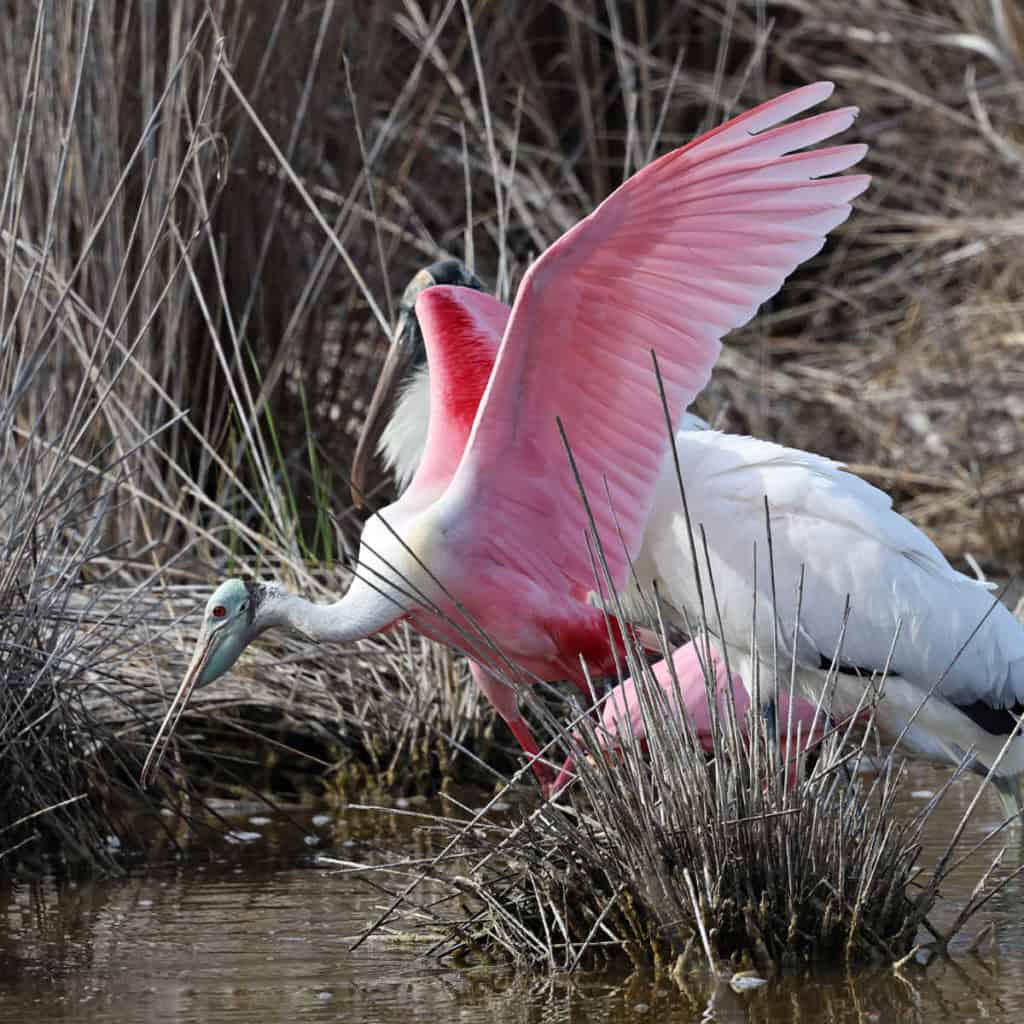
J.N. Ding Darling National Wildlife Refuge
Ding Darling National Wildlife Refuge was established in 1945 to protect the breeding ground for native birds. Located on Sanibel Island, it is part of the largest undeveloped mangrove ecosystem in the United States and makes for an ideal nesting location for many birds
Jay Norwood Darling (a conservationist) recgonized the importance of the area and was instruental in blocking the sale of this environmentally valuable property to developers. Also because of his urging, President Truman signed an executive order creating the refuge to protect this land. The refuge was then later renamed to honor his efforts.
TL;DR Don’t have time to read the full article? Here are my top finds:
🏨Hotels and Vacation Rentals
📍Tours
🐻 Save time! Buy your National Park Pass before your trip
Things to know before you visit J.N. Ding Darling National Wildlife Refuge
Entrance fee
Wildlife Drive - $10.00/ vehicle
Indigo Trail - $1.00/person everyday but free on Fridays
Duck Stamp - $25.00
Federal Duck Stamps are valid for 1 year, July 1 to June 30, at all National Wildlife Refuges.
The Federal Duck Stamp is so much more than just a hunting stamp. They cover the admittance fee to National Wildlife Refuges, as well as being required for Migratory Bird Hunters (primarily duck and goose hunters). They are also collectible works of art and an easy way for everyone to help support wetland conservation.
Learn more about National Park Passes for parks that have an entrance fee.
$80.00 - For the America the Beautiful/National Park Pass. The pass covers entrance fees to all US National Park Sites and over 2,000 Federal Recreation Fee Sites for an entire year and covers everyone in the car for per-vehicle sites and up to 4 adults for per-person sites.

Buy your pass at this link, and REI will donate 10% of pass proceeds to the National Forest Foundation, National Park Foundation, and the U.S. Endowment for Forestry & Communities.
National Park Free Entrance Days -Mark your calendars with the free entrance days the National Park Service offers for US citizens and residents.
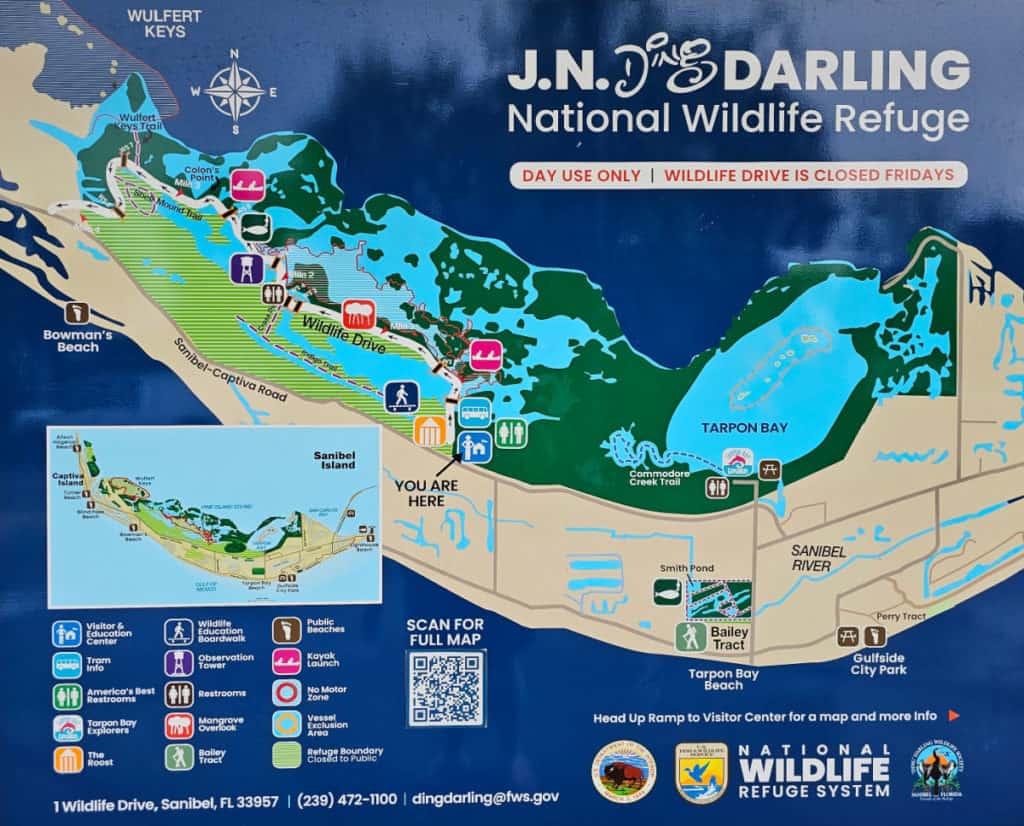
J.N. Ding Darling National Wildlife Refuge Map
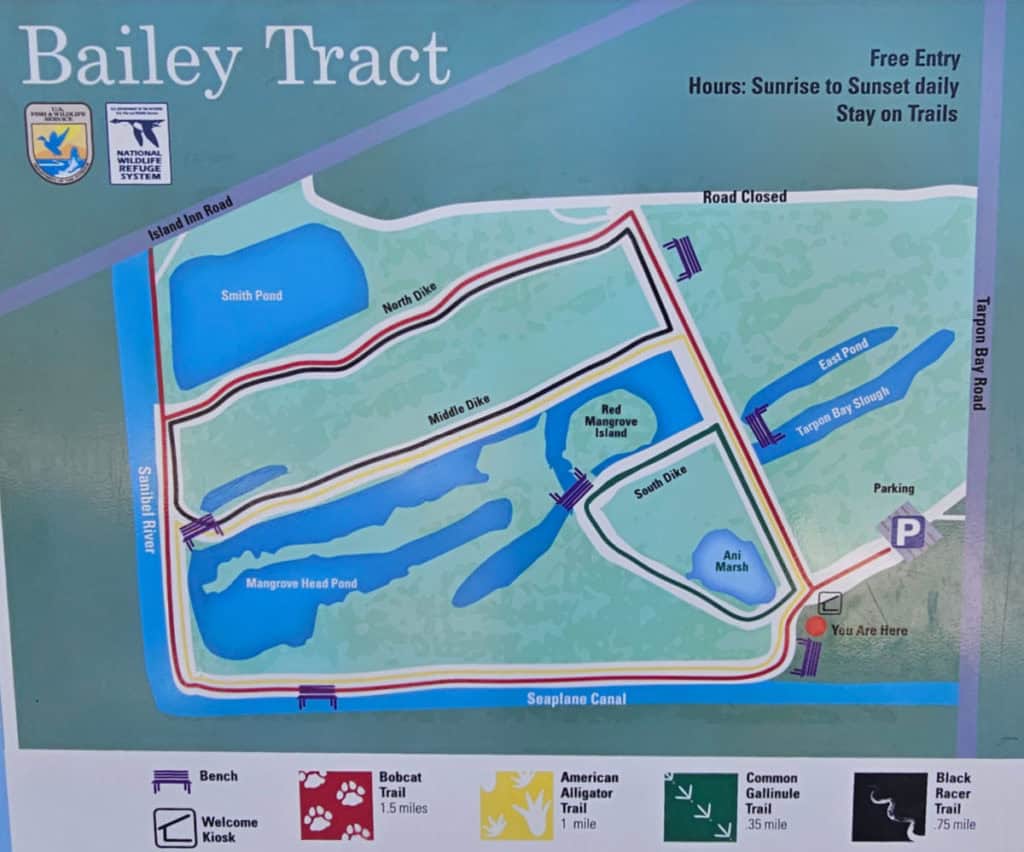
Refuge Information
Time Zone - Atlantic
Size - 6400 acres
Date Established: The refuge was originally established in 1945 as Sanibel National Wildlife Refuge. In 1967, it was renamed J.N. Ding Darling National Wildlife Refuge to honor conservationist Jay Norwood "Ding" Darling.
Phone Number
(239)472-1100
Address
1 Wildlife Drive
Sanibel, FL 33957
Pets - Yes, pets must be kept on a leash no longer than six feet and under control.
Cell Service - I have personally had pretty good luck with cellular service but like most natural areas, cellular service can be spotty and unreliable. Sanibel Island generally has pretty good cellular service.
Hours
The park is closed on Fridays and Federal Holidays.
Bailey Tract is open year-round from sunrise to sunset.
The Visitor Center is open 9:00 am - 4:00 pm.
Wildlife Drive hours are:
- January 7:00 am - 5:30 pm
- February 7:00 am - 5:30 pm
- March 7:00 am - 6:00 pm EST or 7:30 am - 7:00 pm EDT (daylight Savings Time)
- April 7:00 am - 7:00 pm
- May 7:00 am - 7:30 pm
- June 7:00 am - 8:00 pm
- July 7:00 am - 8:00 pm
- August 7:00 am - 7:30 pm
- September 7:00 am - 7:00 pm
- October 7:30 am - 5:30pm
- November 7:30 am - 5:30 pm DST or 7:00 am - 5:30 pm EST (End of daylight savings)
- December 7:00 am - 5:330 pm
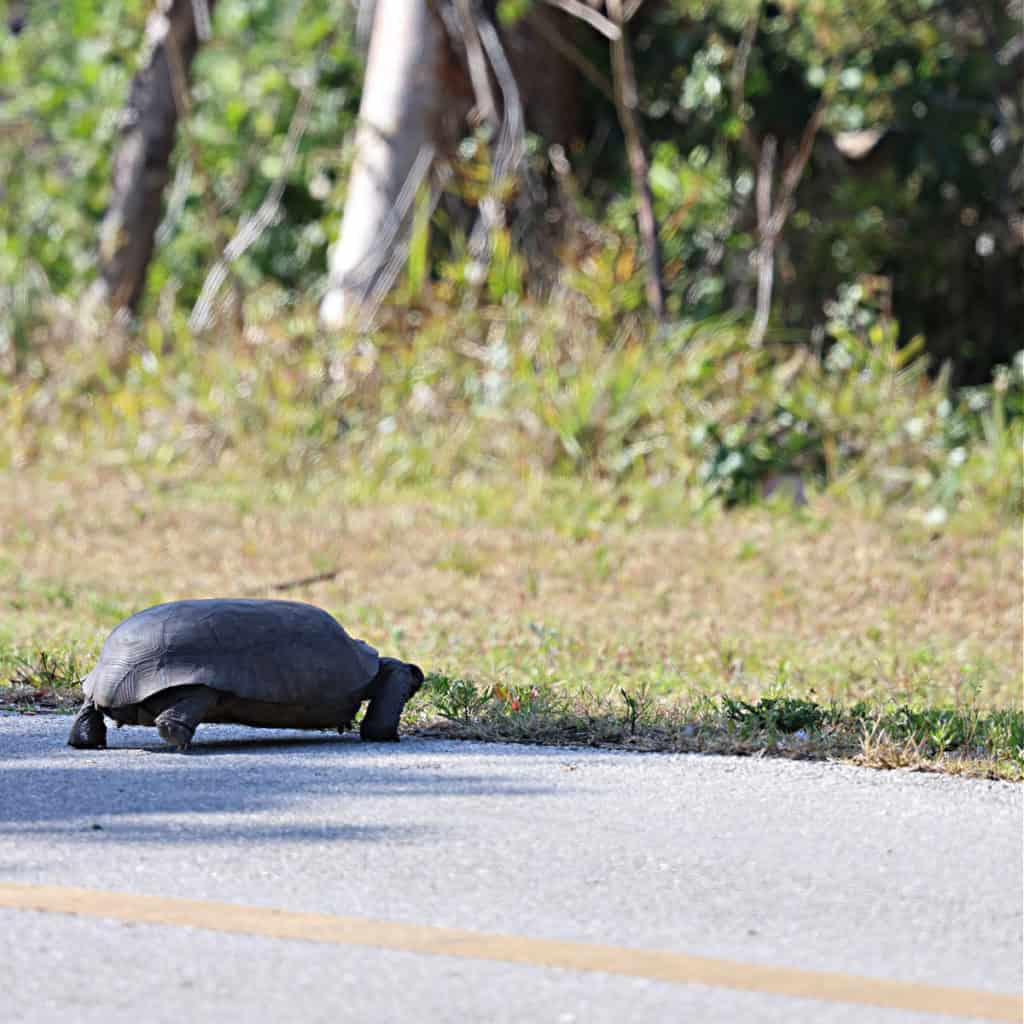
Wi-Fi Available - I believe there is WIFI at the Visitor Center.
Food/Restaurants
There are no restaurants in the refuge; however, there are numerous restaurants on Sanibel Island.
Gas
There are no gas stations in the refuge; however, there are several gas stations on Sanibel Island.
Drones
Drones are not allowed in J.N. Ding Darling National Wildlife Refuge
Electric Vehicle Charging
There are no EV charging stations in the refuge but there are three charging stations on Sanibel Island. Click here for a map of EV charging locations.
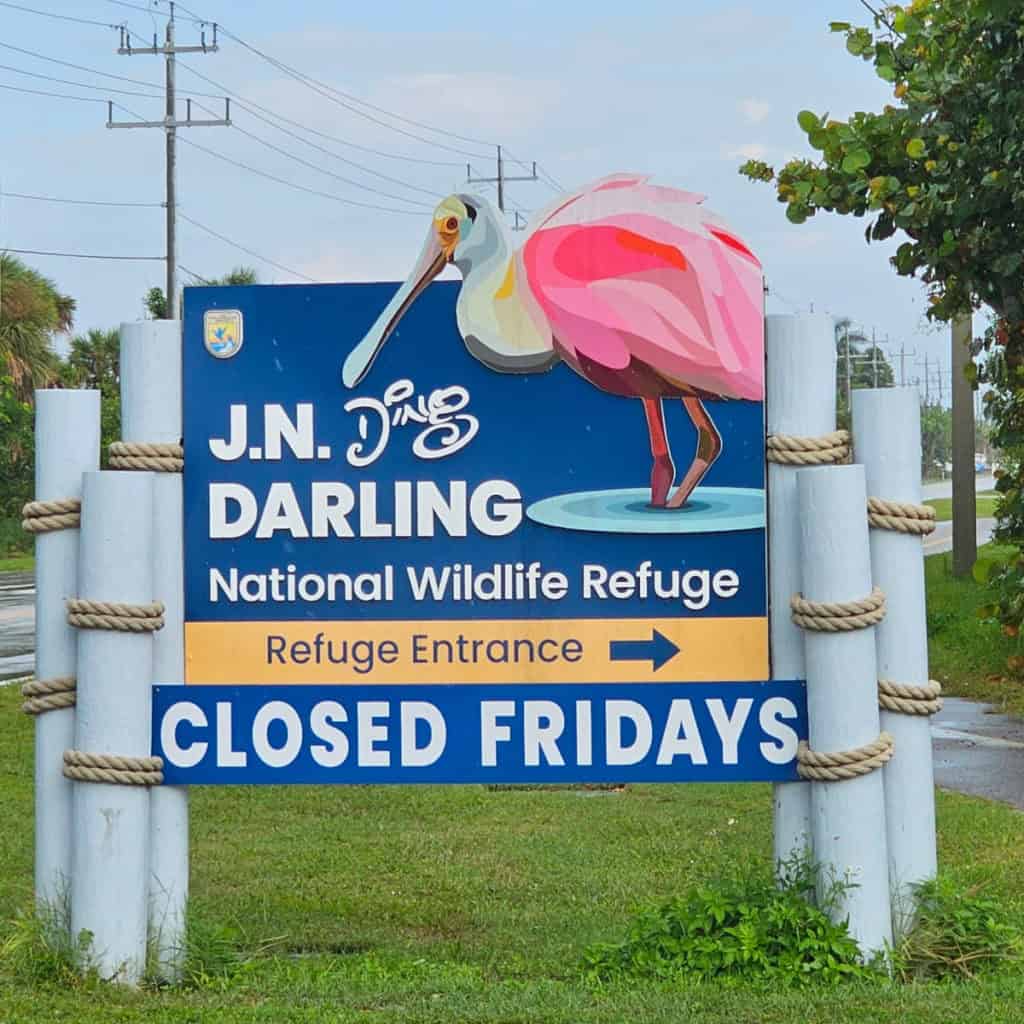
Don't forget to Pack these Items
Insect repellent is always a great idea outdoors, especially around any body of water.
We use Permethrin Spray on our clothes before our park trips. Please read my article on preventing biting insects while enjoying the outdoors.
Sunscreen - I buy environmentally friendly sunscreen whenever possible because you inevitably pull it out at the beach.
Bring your water bottle and plenty of water with you. Plastic water bottles are not sold in the park.
Sunglasses - I always bring sunglasses with me. I personally love Goodr sunglasses because they are lightweight, durable, and have awesome National Park Designs from several National Parks like Joshua Tree, Yellowstone, Hawaii Volcanoes, Acadia, Denali, and more!
Click here to get your National Parks Edition of Goodr Sunglasses!
Binoculars/Spotting Scope - These will help spot birds and wildlife and make them easier to identify. We tend to see waterfowl in the distance, and they are always just a bit too far to identify them without binoculars.
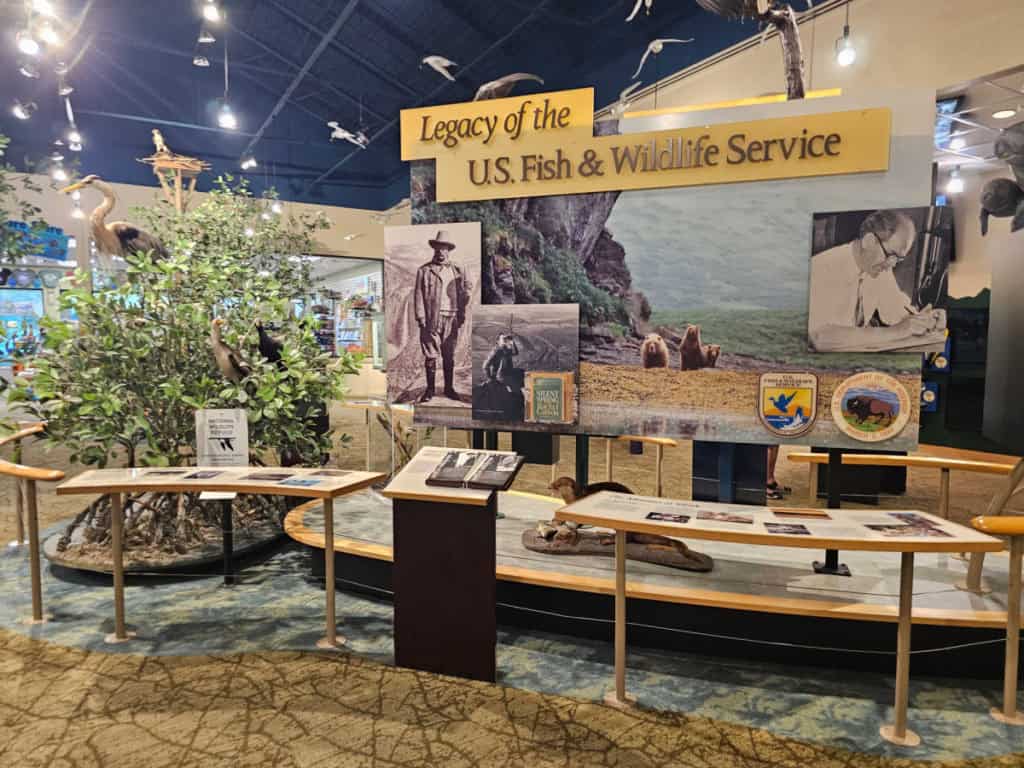
Getting to J.N. Ding Darling National Wildlife Refuge
Estimated Distance from Major Cities
Fort Myers, Florida - 24 miles, 40 minutes
Tampa, Florida - 159 miles, 2 hours, 30 minutes
Miami, Florida - 165 miles, 2 hours, 35 minutes
Orlando, Florida - 192 miles, 3 hours, 20 minutes
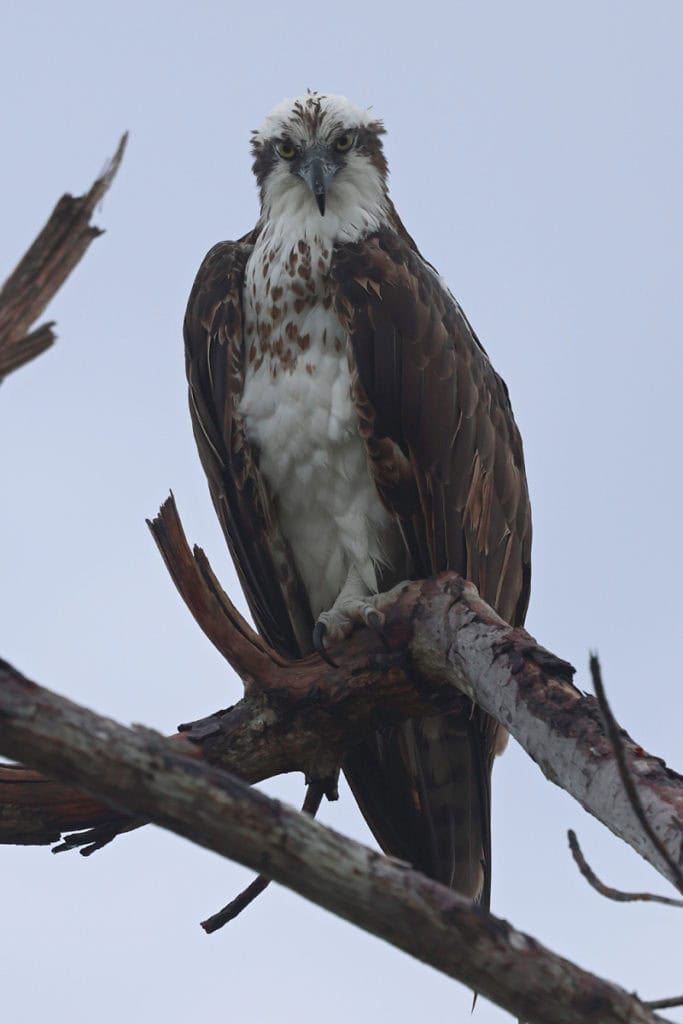
Closest Airports
International Airports
29 miles - Southwest Florida International Airport (RSW) in Fort Myers
45 miles - Punta Gorda Airport (PGD) has numerous Allegiant Airlines flights
70 miles - Sarasota - Bradenton International Airport (SRQ)
120 miles - Tampa International Airport (TPA)
149 miles - Fort Lauderdale Hollywood International Airport (FLL)
160 miles - Miami International Airport (MIA)

Driving Directions
From Fort Myers, take SR 867 South to the Sanibel Causeway (Follow signs to Sanibel). Continue and take a right onto Periwinkle Way. Drive 2.5 miles, then take a right onto Palm Ridge Road. Drive .4 miles until it turns into Sanibel Captiva Rd. Continue 2.0 miles to the entrance of J.N. Ding Darling National Wildlife Refuge on the right.
Best time to visit
Depends on what you wish to see, but I think the best time is winter-spring. The weather is pleasant, biting insects are low, and it's ideal for birdwatching, especially during spring migration.
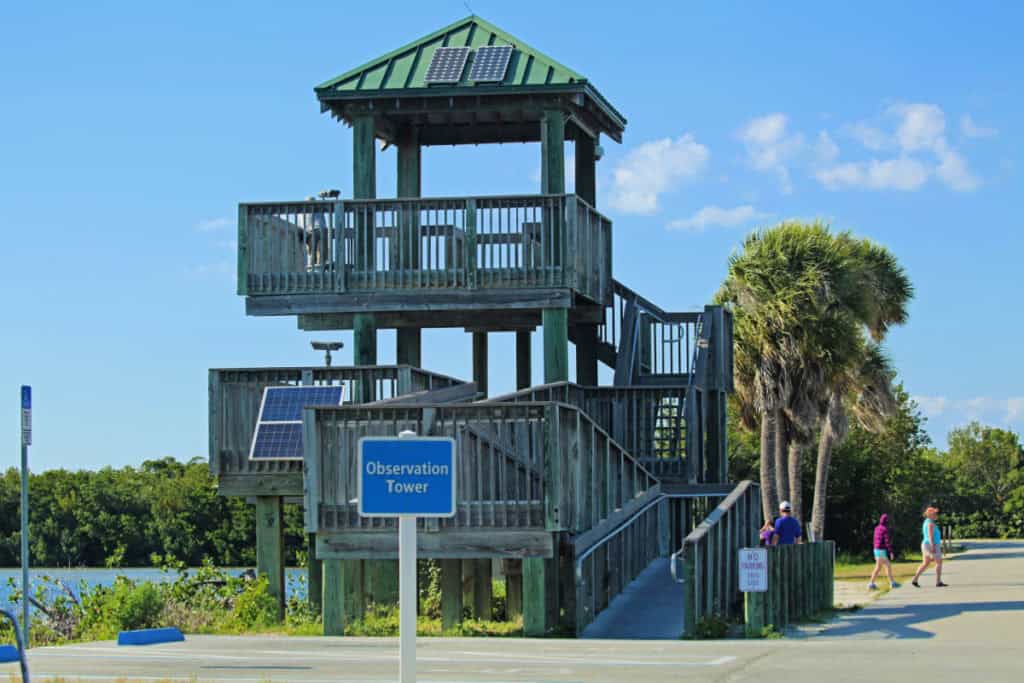
Weather and Seasons
Remember that hurricane season in this area is June 1 through November 30th, and the peak season is typically mid-August to mid-October. If you plan on traveling during this time, consider travel insurance.
Spring
Bird lovers will love the mix of local resident birds and the amazing spring migration! The weather is warming up and the biting insects are still manageable.
Summer
It is the ideal time for those wishing to see alligators and other reptiles, as well as resident birds. Make sure to come prepared with plenty of protection from biting insects; they can make your life miserable during this time if you are not prepared. Make sure to read my article Stop mosquitoes from ruining your time outdoors.
Fall
By fall, the temperatures are cooling down, making it a much more pleasant experience. The biting insects can still be active, so don't drop your guard. You also get fall migration, so bird watchers will be excited.
Winter
Winter is ideal for birdwatching as many migratory birds winter in the refuge's warm and sunny environment. This is also a great time to avoid biting insects, but it is also a very busy time as numerous people like to winter in South Florida.
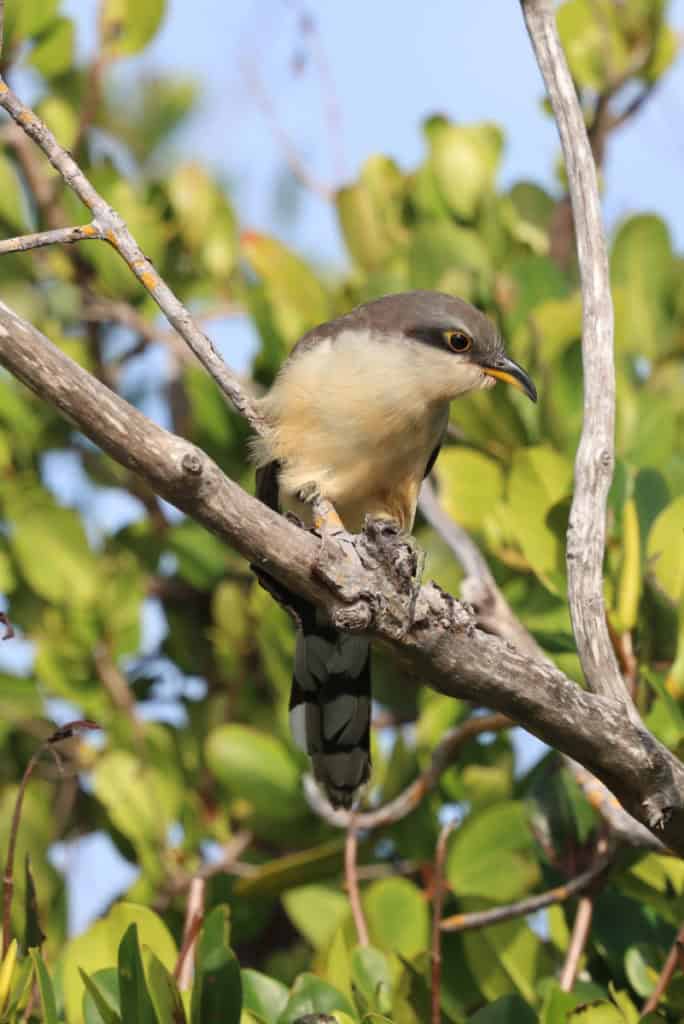
Best Things to Do at J.N. Ding Darling National Wildlife Refuge
Auto Tour
This is a not to be missed portion of the refuge! This 4-mile one-way loop drive takes you into the heart of the refuge, passes by several ponds, has three trails, and an observation tower for wildlfe watching/birding.
Visitor and Education Center and nature gift store
This is a great place to start your adventure in the refuge. You can get information about the park, gather brochures, and read the interpretative displays about the park and the Refuge System.
The Nature Gift Store will have field guides, books, postcards, etc.
Birding and wildlife viewing
The refuge is home to over 245 species of birds. Some of the popular sightings include Roseate Spoonbills, reddish egrets, Black-necked Stilts, Osprey, White Ibis, American White Pelicans, Willets, Wood Storks, Herons, and the Mangrove Cuckoo.
The refuge also has several mammals and amphibians like bobcats, river otters, raccoons, marsh rabbits, alligators, dolphins and manatees.
Photography
Ther is so many great subjects to photograph in the refuge. There is the obvious epic wildlife viewing, beautiful scenery and epic sunrises and sunsets.
Hiking
There are several trails along the wildlife loop drive including the 3/10 mile Wildlife and Education Boardwalk, the ⅓ mile Wulfert Keys Trail, the ⅓ mile Calusa Shell Mound Trail (Closed), and the 4 mile Indigo Trail.
The Bailey Tract is a hidden gem in the refuge! The 100 acre parcel is a birders dream.
There is also 2.26 miles of trails to explore and is located three miles from the visitor center.
Tram Tour
On select dates, the Tarpon Bay Explorers offers 1.5 hour tram tours. Here you will let a guide do all the driving while you focus on looking for wildlife and taking photos. You also have an experienced naturalist to help spot wildlife that most visitors would never see. Reservations are highly recommended. You click here to reserve/ see scedule online or call (239)472-8900.
Biking
Several of the refuge's routes are multi use trails. Even E-bikes are permitted on any refuge roads and trails where traditional bicycle use is allowed.
Fishing and Boating
Boating is allowed in the refuge in designated areas. There are restrictionsincluding a no motor zone and a no pole/troll zone. Make sure to read the fishing and boating brochure for closed areas and non-motorized zones.
There are two canoe boat launches along the wildlife loop drive. Paddling (kayak/canoe) from the right side of the drive only. Paddling from the left side is prohibited.
Freshwater species include largemouth bass, bluegill, and gar. Saltwater species include bluefish, spotted seatrout, flounder, red drum, spot, pompano, snook, redfish, and spotted sea trout.

Activities in the Sanibel and Fort Myers Area
Lovers Key Guided Eco Tour- Mangrove Estuary
⭐️ Rating: 5 out of 5 Stars | ⏳ Tour Length: 2 hours, 15 minutes | 🛥️ Check Rates and Availability
Explore Lovers Key on a guided Eco Tour as you paddle through the Mangrove Forests, keeping your eyes peeled for wildlife like dolphins and manatees.
Dolphin and Manatee Adventure Tour of Fort Myers
⭐️ Rating: 4.9 out of 5 Stars | ⏳ Tour Length: 2 hours | 🛥️ Check Rates and Availability
Get up close and personal with Florida's wildlife on a paddleboard tour throughFort Myers. You slowly navigate the waterways as you look for manatees, dolphins, sea turtles, pelicans, and many other species.
Shelling Tours - Fort Meyers Beach/ Naples
⭐️ Rating: 5 out of 5 Stars | ⏳ Tour Length: 2 hours | 🛥️ Check Rates and Availability
Embark on a fun trip out to Big Hickory Island for a shelling excursion from Fort Myers Beach.

Lodging near J.N. Ding Darling National Wildlife Refuge
Sanibel Inn
Click here to book your stay at the Sanibel Inn
Experience a dream island escape like no other. Expect luxury guestrooms, suites, and condos, amazing gulf views, island-inspired fare, and more.
Amenities include a private beach, restaurant, pool, bar, and more!
Marriott Sanibel Harbor Resort and Spa
Click here to book your stay at the Marriott Sanibel Harbor Resort and Spa
This amazing getaway is popular among guests for its scenic beauty as it sits on 85 acres of waterfront facing Sanibel and Captiva Islands.
amenities include a hot tub, spa, bar, pool, restaurant, a gym, and much more!
Residence Inn by Mariott For Myers Sanibel
Click here to book your stay at the Residence Inn by Marriott Fort Myers Sanibel, which includes one- and two-bedroom suites and pet-friendly accommodations. Amenities include free WIFI, outdoor pool, free full American and hot breakfast, jitchen, and fitness center.
Enjoy luxury and value at the Residence Inn Fort Meyers Sanibel.
Click on the map below for vacation rentals and lodges near the park.
J.N. Ding Darling National Wildlife Refuge Camping
There is no camping available in the refuge, but there are several lodging options and private campgrounds nearby.

U.S. Fish and Wildlife Service Resources
The Wilderness Warrior: Theodore Roosevelt and the Crucade for America
This is a great book that centers on Roosevelt's conservation efforts and his role in establishing the Wildlife Refuge system.
The U.S. Fish and Wildlife Service
This book provides an in-depth coverage of the U.S. Fish and Wildlife Service, the Federal Agency that manages the National Wildlife Refuge System, protects endangered species, and conducts fish and wildlife research.
Blue Goose Passport Book
The Blue Goose Passport is named after the symbol of the National Wildlife Refuge System and is designed to record your visits to National Wildlife Refuges.
America's National Wildlife Refuges: A Complete Guide
An all-in-one guide to more than 500 sites in the National Wildlife Refuge System. This book lists each refuge alphabetically by state, providing basic information about accessibility, facilities, and habitat types.
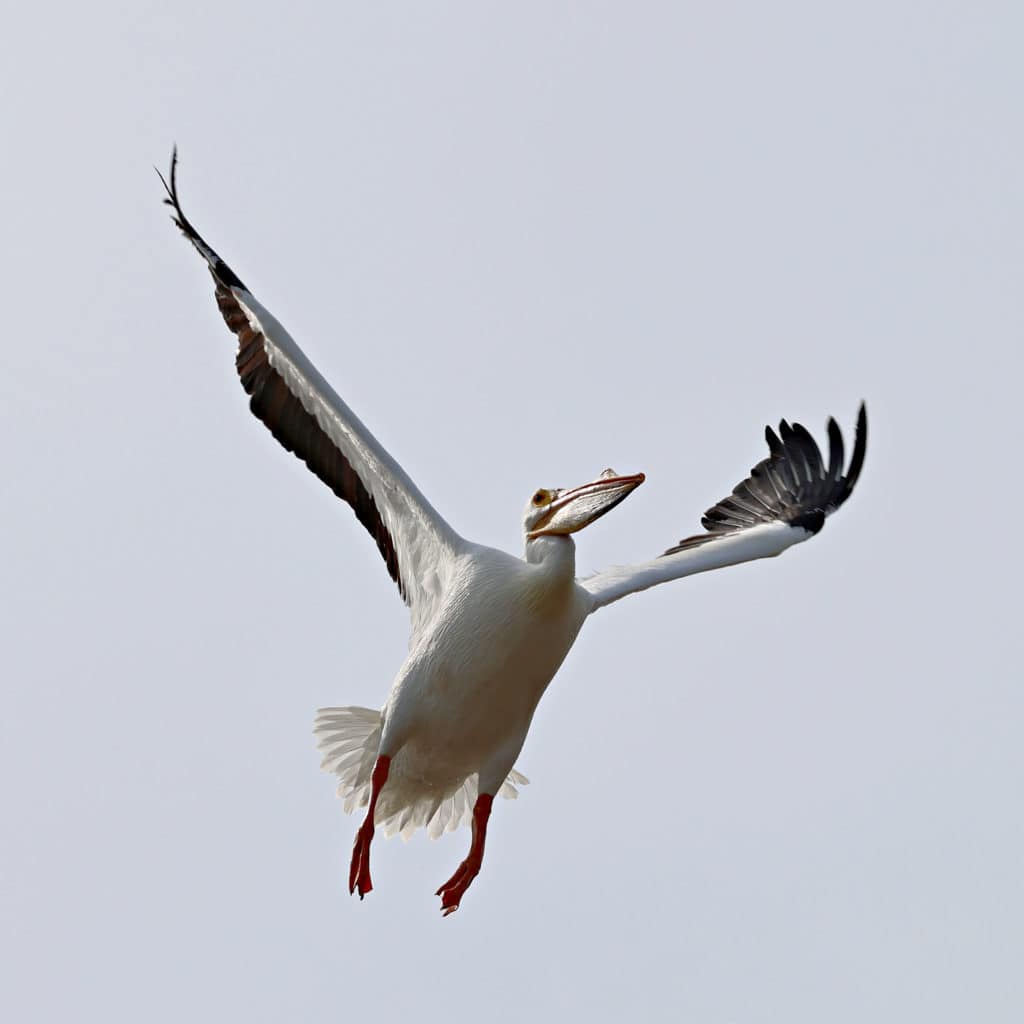
Additional Gulf Coast National Wildlife Refuges include
St Marks National Wildlife Refuge - St Marks, Florida
Merritt Island NWR- Titusville, Florida
Bon Secor NWR - Gulf Shores, Alabama
Mississippi Sandhill Crane NWR - Gautier, Mississippi
Big Branch Marsh NWR - Slidell, LA
Cameron Prairie NWR - Bell City, Louisiana
Check out all of the great Florida National Parks and neighboring Georgia National Parks and Alabama National Parks.
Make sure to follow Park Ranger John on Facebook, Instagram, Pinterest, and TikTok

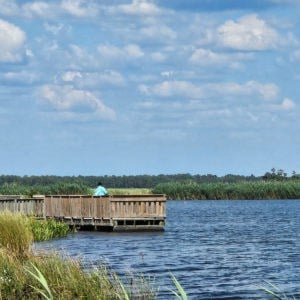


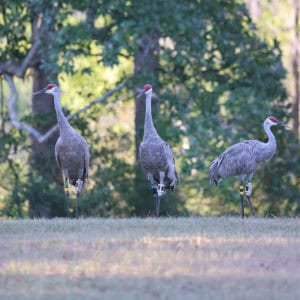
Leave a Reply